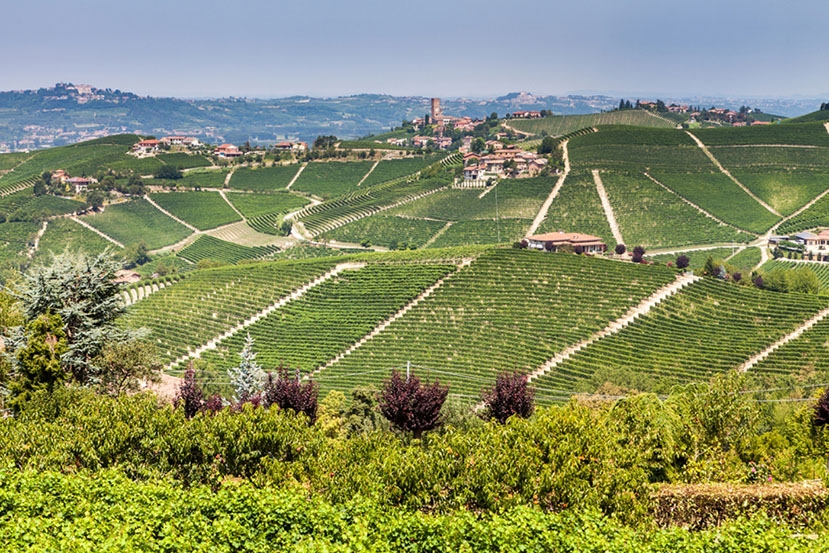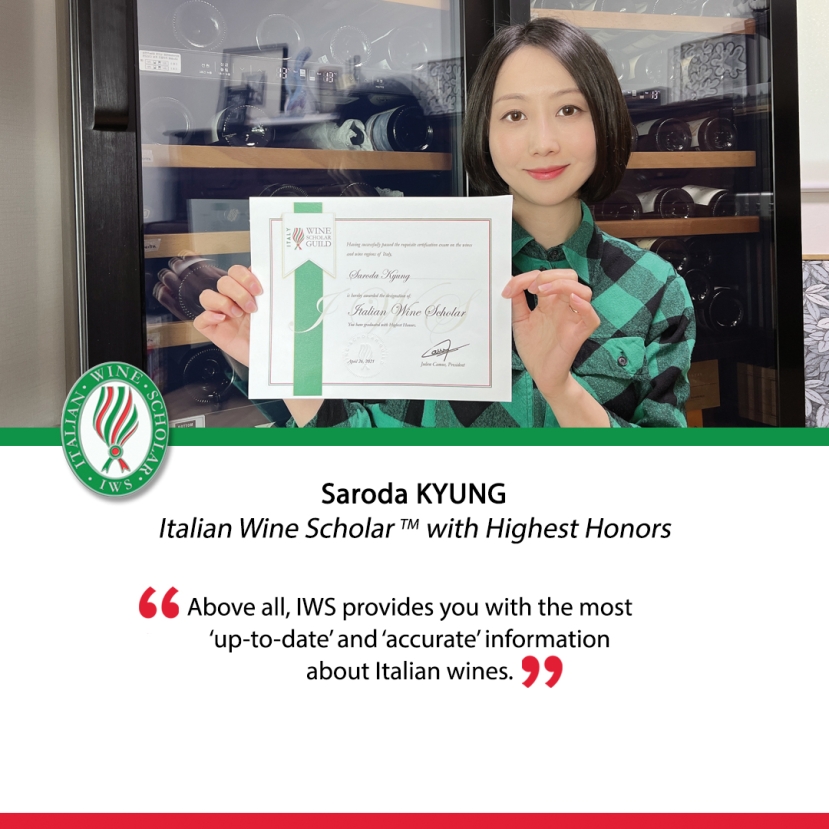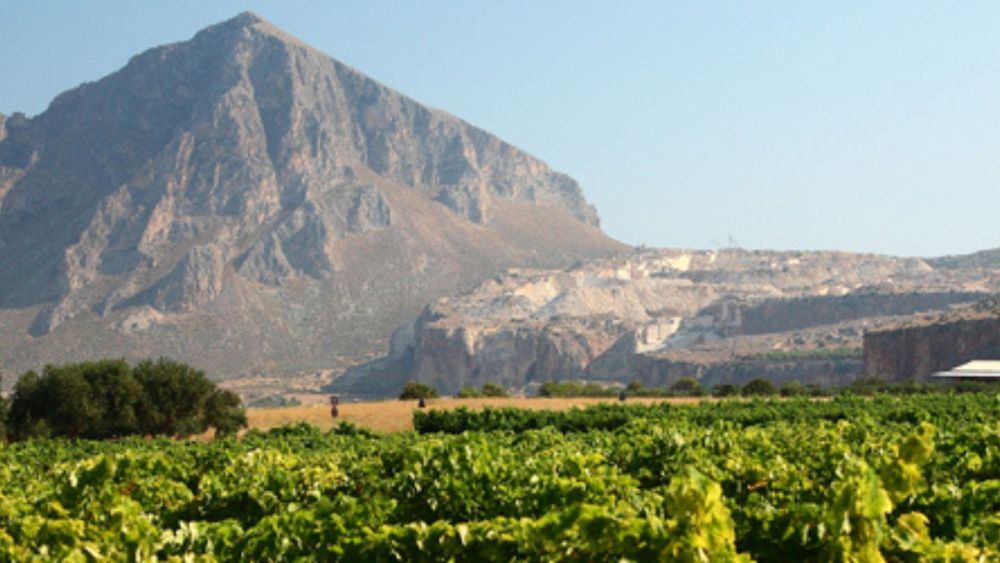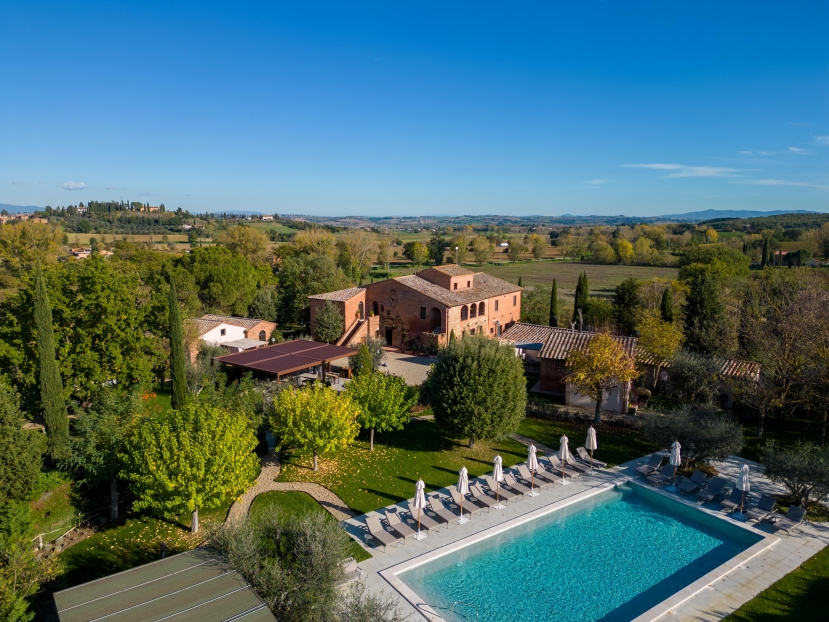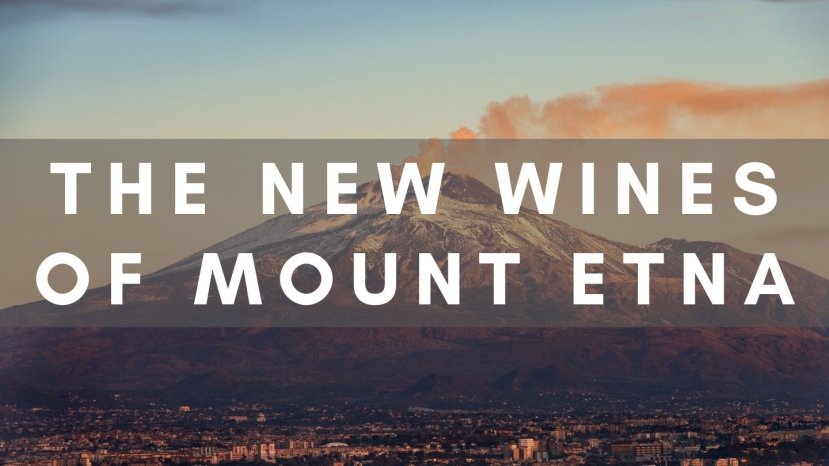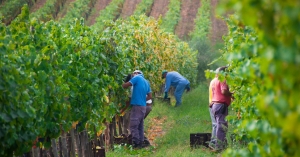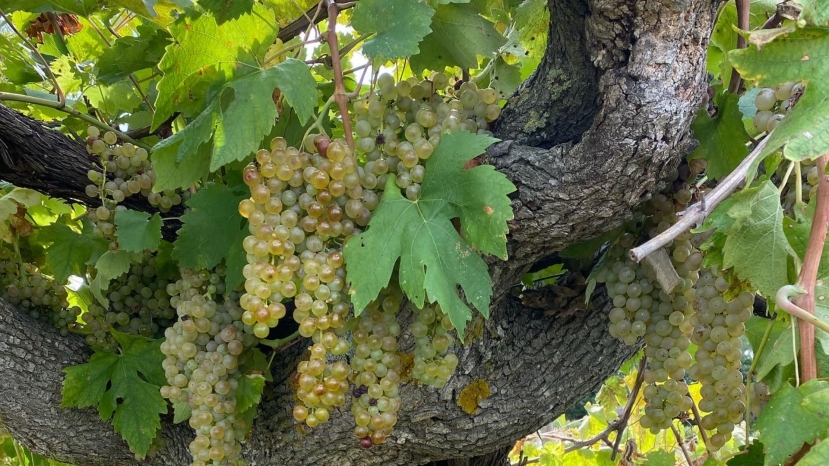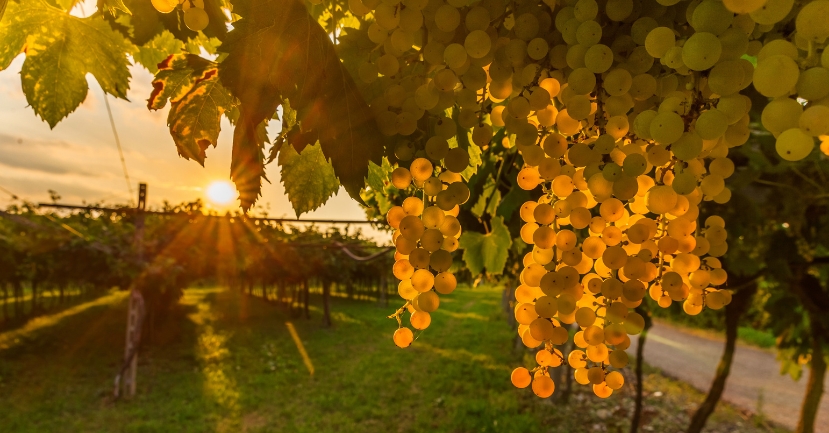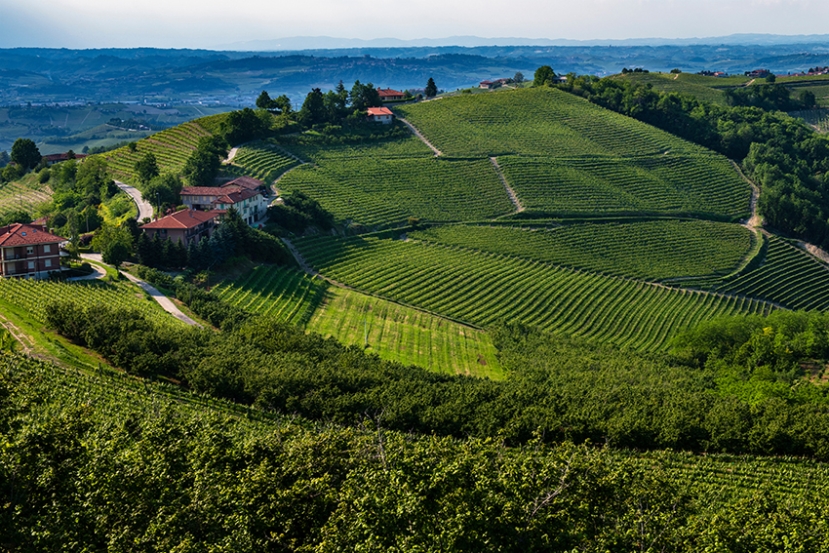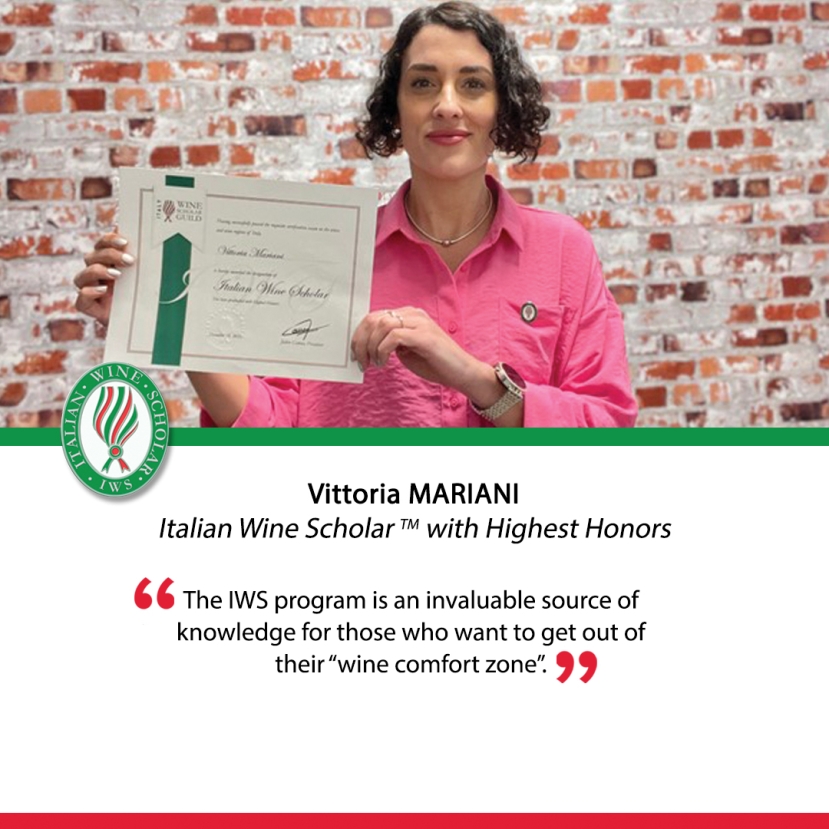BLOG
Italian Wine Scholar
Post–World War II, global wine production underwent a rapid and profound transformation. New developments in wine science from Montpellier, Geisenheim, and Bordeaux helped clean up wine,
As part of a partnership between Wine Scholar Guild and Decanter, we are pleased to share with our readers this article pulled from Decanter Premium. Try Decanter Premium for 4 weeks for just $1! More information HERE
Robert Parker says a 100-point wine should be ‘as exceptional as a particular wine can be: a perfect blend of power, richness, texture, depth, length, balance, freshness, and of course a reflection of its vintage and terroir or origin’.
Here are Parker’s most memorable 100-point wines.
The Etruscans were the first to produce wine in northern Italy; beginning with wild varieties, they cultivated vines in Piedmont centuries before the Romans arrived. Nevertheless, it was the Romans who advanced commercial winemaking, significantly increasing the area under vine and using props, trellises and ‘Greek presses’ to dependably supply the empire’s domestic and trading needs.
Congratulations to Saroda Kyung, IWS, for achieving highest honors in the Italian Wine Scholar exam with WSA Wine Academy, Seoul.
About Saroda:
Hello, I’m Saroda, but please call me “Salad”!My job is a brand manager, and I love wine as much
On June 25th, London played host to a prestigious gathering of Italy's top wine producers, unveiling their flagship wines to the UK trade and press.
Sicily captivates wine enthusiasts and travellers around the world, an island that in recent years has become famous not just as a holiday destination (White Lotus fans can attest) but also for the growing production of high-quality wines.
Not all geographical indications (GIs) are created equal. Small ones are often associated with higher-quality wines, while broader, region-wide designations are generally reserved for more regular bottlings. Take Veneto, for instance. Names like Amarone della Valpolicella Classico, Soave Classico, and Conegliano Valdobbiadene Prosecco Superiore are more often than not found on more prestigious labels than the region-wide Veneto IGT, generally destined for more unassuming liquids.
WSG is proud to partner with Borgo San Vincenzo to offer an immersive experience for the Italian Wine Essentials program (IWS Prep). The program blends wine education with history, culture, cuisine, and much more in a real-world setting in the heart of gorgeous Tuscany.
The inaugural course in October of 2023 will be led by Andrea Eby, Italian Programs Director of WSG.
You will meet local winemakers and connect with fellow wine enthusiasts from around the world. The small group of students will also enjoy guided wine-pairing dinners featuring wines from throughout Italy. Through classroom instruction and private tours and tastings, you will really get a feel for the nuances in the Tuscan region that have helped give life to the multitude of rich traditions around food and wine. The combination of not too strenuous classroom study, thought-provoking field trips and amazing tastings is the perfect way to get started on your Italian wine journey!
Summary:
From their genesis in the late 1960s to their most modern iterations, Super Tuscans have enjoyed an uninterrupted reign on the international scene. Initially, production style trumped terroir, but now, thanks to viticultural improvements combined with the effects of climate change, we see the evolution of one winemaker’s initial hunch into a family of world-class wines. Characterised by their Bordeaux influences and divergence from traditional Italian
Summary:
By examining Mount Etna's peculiarities, history, and modern practices we are able to learn why these inimitable volcanic wines have everyone talking about Sicily.
Presenter: Benjamin Spencer DipWSET
Benjamin Spencer is an award-winning American author, journalist, and the founder of the Etna Wine School, a wine consulting company on Mount Etna, in Sicily. After making
Taurasi, Southern Italy’s greatest red wine, has enjoyed a spectacular and highly distinctive history. The wine is capable of extremely lengthy cellaring, as examples from the 1940s and 1950s prove even today; in fact versions from the 1928 and 1934 vintages are still
This short article is a follow up to my webinar for WSG of 7th June, 2022. It is primarily a reference piece which aims to give more detailed information than the power point format allows. It includes full listings of the Rive sub-zones, terroir areas identified in studies of the Conegliano Valdobbiadene denomination and lists of producers currently bottling Rive wines.
In a world where wine has evolved from a drink to a culture, understanding what’s in your glass goes beyond mere taste—it’s about appreciating the stories, landscapes and craftsmanship behind each label.
I returned to Campania recently for the first time in three years and as with most Italian regions, discovered that not much had changed, at least as far as appearances are concerned. I did meet a few producers I hadn’t visited before, with one of them – Petilia – being a great new discovery for me. More on that below, but overall what impressed me most was the consistency of the wines, white and red.
Without Joker, could Batman ever be a real superhero? Or Sherlock Holmes the world’s greatest detective, if criminal mastermind Professor James Moriarty wasn’t a threat to his very own life? All heroes have nemeses, and vitis vinifera – certainly a real hero to many a wine lover – has one too: phylloxera.
Italian reds have become famous all over the world, characterized by their intense structures, rich perfumes and distinctive personalities, often derived from the peninsula’s characterful native grape varieties.
In a country famous for red wine, Italy’s white wines are often overlooked. Although the country has gone global with a range of crisp, well-priced and crowd-pleasing whites, there’s plenty of seriously impressive Italian white wine waiting to be discovered.
When you think of Italy’s vast array of wine grapes, which one comes to mind as the most difficult to study? Maybe Nebbiolo, for its seemingly endless site-specific details? Or Sangiovese, simply because there is so much of it, in so many different forms? I would posit that Trebbiano is perhaps the most perplexing. For one, Trebbiano grapes appear in vineyards across the Italian peninsula. In the case of Trebbiano Toscano and Trebbiano Romagnolo, they are among the most widely planted white wine grapes in Italy. The potential for variability is astounding.
The Romans arrived in Piedmont during the 2nd century BC, establishing colonies in Eporedia, Derthona, and Augusta Taurinorum (Ivrea, Tortona, and Turin, respectively). These territories were strategically important—their locality to the Alps helped the Romans control northerly invaders. As was customary, the Romans settled and built roads, aqueducts, amphitheatres, bridges, and established towns and cities. They also planted vines but were not the first to do so here...
Congratulations to Vittoria Mariani, IWS, for passing the Italian Wine Scholar exam with highest honors!
About Vittoria:
Born and raised in Napoli, in the sunny southwest coast of Italy, Vittoria moved to Amsterdam 9 years ago to complete her

